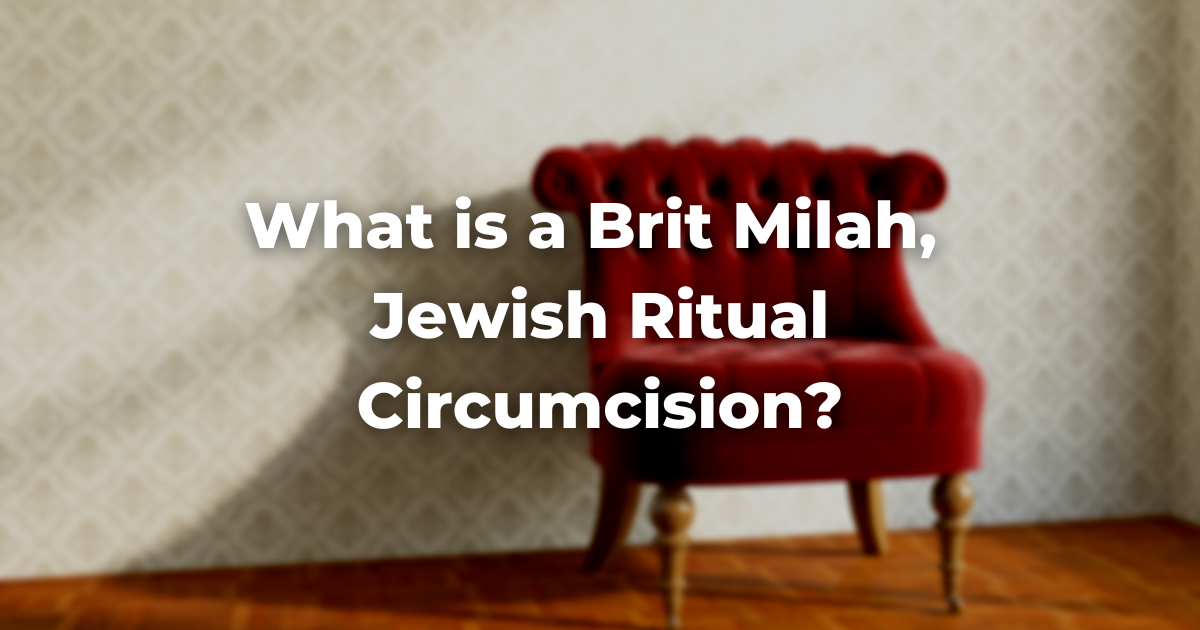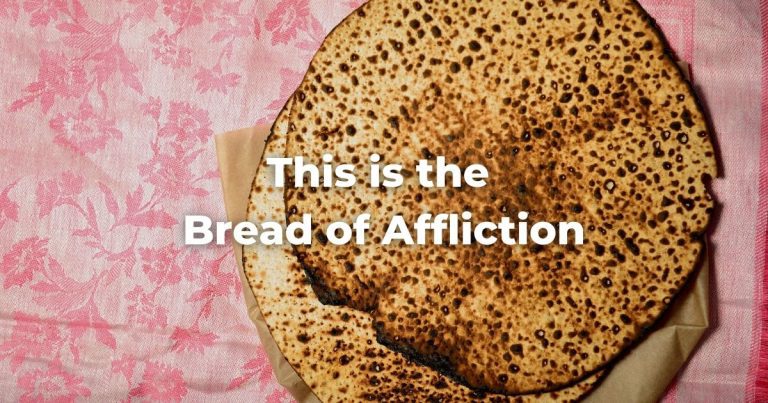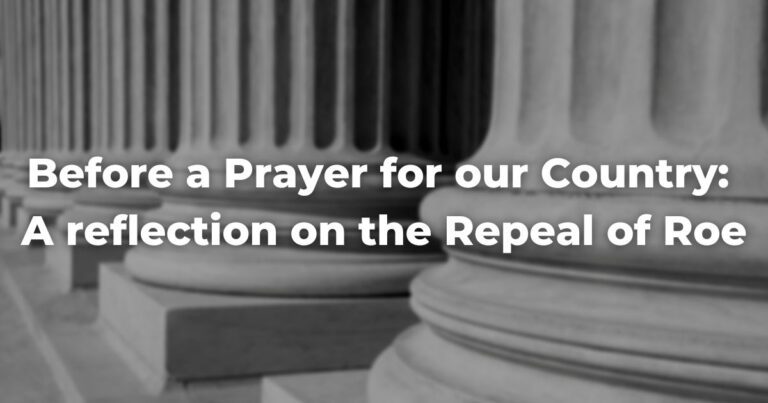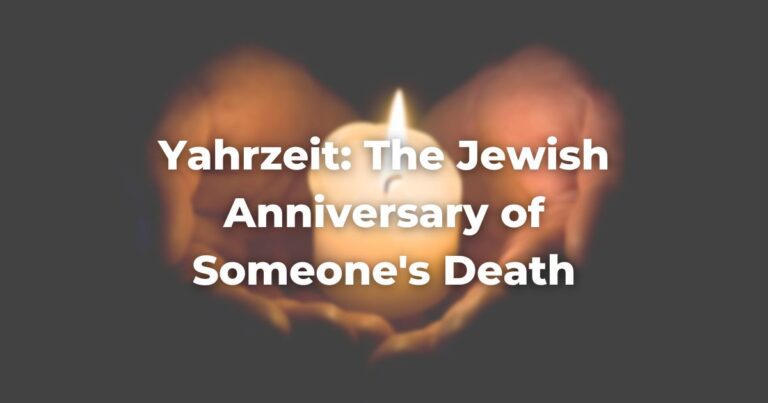Table of Contents
The lifecycle ritual most closely associated with Jewish identity, at least for boys, is b’rit milah (also spelled brit milah), which term, often colloquially pronounced bris after the Yiddish by Ashkenazic Jews, denotes the covenant of circumcision. (The phrase is used colloquially both to denote the ritual act itself and the festive occasion surrounding a baby boy’s circumcision.)
If you are looking for information about a Brit Bat/Simchat Bat, you can click here.
Yet b’rit milah, although it is indeed a requirement for men who wish to convert to Judaism, is not itself a requirement for Jewishness nor is the Jewish status of the uncircumcised sons of Jewish mothers considered in doubt. Put differently, circumcision is a mitzvah of the TorahRefers to the first five books of the Hebrew Bible, the Tanakh, also called the Five Books of Moses, Pentateuch or the Hebrew equivalent, Humash. This is also called the Written Torah. The term may also refer to teachings that expound on Jewish tradition., but dereliction in its regard does not deprive the uncircumcised individual of his Jewishness any more than would dereliction with respect to any other commandment.
Where does the mitzvah come from?
The origin of b’rit milah is in the biblical story of Abraham in Genesis 17:9–12, where the text reads as follows:
“And God said to Abraham, ‘Keep My covenant throughout the generations, both you and your descendants. And this is [to be the evidence of] the covenant that is to exist between Me and you, and your descendants after you: [that you] circumcise every male among you. Indeed, you must remove your foreskins and [that procedure] shall be the sign of the covenant between Me and you. Every eight-day-old boy among you shall be circumcised throughout every generation.’”
The commandment is then repeated at Leviticus 12:2–3 in even clearer language: “When a woman gives birth to a boy . . . his foreskin shall be removed on the eighth day [of his life].”
Are there specific health benefits connected to circumcision?
Medical opinion has flip-flopped through the years about the relative advantages and disadvantages of circumcision, but the issue remains a religious one for Jews, not a medical one, and needs to be evaluated solely on its own terms. (It is worth noting, however, that no research has ever concluded that there is something inherently unhealthy about the procedure.)
B’rit Milah’s Purpose
The purpose of b’rit milah is to mark the eternal covenant between God and the Jewish people. By its very nature, then, circumcision represents both an obligation on the part of the Jewish people to fulfill the mitzvot, and God’s concomitant promise to protect and watch over Israel. Indeed, it is precisely because it is deemed symbolic of all the mitzvot that b’rit milah is designated “an everlasting pact” by Scripture at Genesis 17:13.
The Responsibility of B’rit Milah
The halakhah specifically requires every Jewish father to circumcise their son on the eighth day, or to designate someone to perform the circumcision (MT Hilkhot Milah 1:1, SA Yoreh Deah 260:1). In modern times, most Conservative rabbis stress the fact that the mitzvah belongs, if not technically, than at least emotionally and practically, to both parents. Therefore, the mothers of Jewish boys should feel equally obliged to look after their son’s circumcision.
If, for instance, the Jewish father does not wish to be involved in the b’rit milah, the mother should step in and see that the b’rit takes place in a timely manner, even filling in for the father ceremonially if necessary. In the event that a Jewish boy is not circumcised as an infant or a child, the responsibility passes to the young man himself upon attaining the age of bar mitzvah (MT Hilkhot Milah 1:2).
Although circumcision is primarily a parent’s responsibility, it is the rare father or mother who is capable or willing to circumcise his or her own son. For that reason, circumcision is generally carried out by a trained professional called a mohel. (Most mohalim have been men, but there are also female mohalot and this is explicitly permitted in the sources, e.g., at SA Yoreh Deah 264:1, cf. MT Hilkhot Milah 2:1).
Who does a B’rit Milah?
In many communities, observant Jewish doctors train to become mohalim, but in others there are non-medically trained individuals who successfully learn how to carry out circumcisions and, at least in larger Jewish population centers, who make their livings doing so. Other than medical and ritual training (and certification), the sole requirement for being a mohel or a mohelet are that the individual in question be an observant Jew.
Some communities are without mohalim and, in such cases, a Jewish physician may be used if a rabbi is also present. The Rabbinical Assembly, in conjunction with the Jewish Theological Seminary, has a program called B’rit Kodesh in which observant physicians are trained to become mohalim and encouraged to serve in this capacity especially where no other mohalim are available.
When is a B’rit Milah?
The b’rit milah must be performed on the eighth day of the child’s life during the daylight hours, even on Shabbat or a holiday (SA Yoreh Deah 262:1 and 266:2).
The eighth day is reckoned from the first day of the child’s life, however, so that the b’rit milah of a baby born on a Sunday before sundown will be on the following Sunday. (In other words, the time from a child’s birth until sundown is counted as the first day.) If the baby is born after sundown on Sunday, the b’rit milah is performed a week later, on Monday, during daylight hours.
It is traditional to plan the b’rit as early in the day as possible to demonstrate one’s eagerness to perform the mitzvah.
The only exception to this rule is in the case of a child who is medically unfit to be circumcised on the eighth day. In such a case, parents must wait until a doctor determines that there will be no danger to the child (SA Yoreh Deah 262:2). If the milah is not to be performed on the eighth day of life, it may not be scheduled on Shabbat or on a festival day (SA Yoreh Deah 266:2).
B’rit Milah and Shabbat
The obligation to circumcise a boy on the eighth day of his life overrides the general laws of Shabbat, but only with respect to those aspects of the cir- cumcision ceremony that cannot be readied in advance (MT Hilkhot Milah 1:9 and SA Yoreh Deah 266:2).
If the eighth day of a boy’s life falls on a Shabbat or on a festival and one cannot arrange for a mohel to be there on that day, the first preference would be to have a qualified Jewish doctor perform the circumcision under the supervision of a rabbi on the appropriate day. A less desirable solution would be to postpone the b’rit until the next day, although this is an acceptable alternative
Why Eight Days?
Why does the Torah specify the boy’s eighth day as the earliest time that circumcision may be carried out? Several authorities have suggested that the concept is that child must pass one Shabbat, also called a sign of the covenant at Exodus 31:17, before being granted the more indelible of its signs. (Circumcision is specifically called a sign of the covenant at Genesis 17:11. At Deuteronomy 6:8, t’fillin (also spelled tefillin) too are described as a sign of the covenant.)
Others say that it is because the clotting factor of the blood spikes during the seventh, eighth, and ninth days of a child’s life, but there is also a theological implication behind the concept of the eighth day, one related to the notion that the world was created in six days.
It thus follows that, after the seventh day, Shabbat, human beings became God’s partners in perfecting the work of creation, and it is this partnership with God that is symbolized by circumcision on the eighth day, for circumcision is referred to in classical texts as the perfection of the male body (see, e.g., Rashi’s comment to Genesis 17:1, s.v. ve-h’yeih tamim).
Whatever the actual reason, however, it is having the b’rit on the eighth day after birth that, above all else, distinguishes it from a medical circumcision.
Hattafat Dam B’rit
If the circumcision is performed before the eighth day, therefore, it is not ritually valid. Since it obviously cannot be redone, the circumcision must be validated by drawing a drop of blood from the shaft of the penis just behind the corona (Klein, p. 425). This ritual, called hattafat dam b’rit (also spelled hatafat dam brit), is done by a mohel, an observant Jewish physician, or a qualified rabbi.
Men who become aware later in life that they were circumcised in a nonreligious way are obliged, regardless of their age, to undergo the ceremony of hattafat dam b’rit. This is not an act of conversion, however, because the Jewishness of the individual in question does not depend on being circumcised; it is merely the performance of a mitzvah.
The b’rit may be performed anywhere. If the baby has not yet been brought home, it can be performed in the hospital. (In earlier times, when new mothers routinely spent a week or more in the hospital, holding a b’rit milah at home was the exception rather than the rule.) Some families, especially when a large crowd of guests is expected, prefer to hold the b’rit in the synagogue. Most families, however, choose to have the b’rit milah performed in their homes. This adds to the familial aspect and the warmth of the ceremony.
It is not necessary to have a minyan for the b’rit milah, nor should a b’rit milah ever be delayed past the eighth day of life merely so that more people, even important family members, be able to attend. Even if only the parents, the baby, and the mohel are present, the b’rit is deemed kosher.
The B’rit Milah Ceremony
There are several honors regularly given out at a b’rit. Typically, there are the kvatter and the kvatterin (a couple, usually a married couple, that brings the baby into the room where he will be circumcised), the sandek (who holds the baby during the b’rit), and the individual who either holds the baby while he receives his name or actually recites the prayer used to name the baby.
There is no standard rule as to whom these honors should be offered, other than that they should always be given to Jews.
When the child is brought into the room, the guests greet him with the words barukh ha-ba (“welcome”). A chair is designated as “the chair of Elijah” and the child is placed there, usually by the kvatter, and a prayer is read. The chair should be special in some way and the ritual should be explained as being symbolic of the old belief that the prophet Elijah comes to every b’rit milah.
The belief reflects an incident related in the First Book of Kings that takes place just after Elijah’s confrontation with the prophets of Baal on Mount Carmel. In this part of the story, Elijah questions the loyalty of the Israelites, saying to God: “I am consumed with zeal for the Eternal, the God of Hosts, for the Israelites have abandoned Your covenant, destroyed Your al-tars, and put Your prophets to the sword, so that I alone am left” (1 Kings 19:10).
As a result of this, tradition imagines that Elijah was subsequently destined to attend every b’rit milah in order to witness that he had spoken harshly and mistakenly about the people of Israel. Also, Elijah was under-stood to be the protector of the Jewish people and the eventual herald whom God would send to earth to proclaim news of the coming of the messiah. Placing the baby on the seat of Elijah is, therefore, a kind of prayer that he live to witness the advent of messianic peace and harmony on earth.
The mohel should be formally designated as the agent to perform the b’rit. Some parents, however, remembering how Abraham was commanded to circumcise his own son, wish to participate in the circumcision, and this can be done with the cooperation of the mohel who sets up a shield that is clamped shut so that only the foreskin is visible above it. The father may then cut along the face of the shield, secure that no harm can possibly come to the baby.
The blessing recited just before the circumcision is pronounced by the person who is making the cut. It follows the formal blessing formula:
בָּרוּךְ אַתָּה ה׳ אֱלֹהֵינוּ מֶֽלֶךְ הָעוֹלָם, אֲשֶׁר קִדְּשָֽׁנוּ בְּמִצְוֹתָיו וְצִוָּנוּ עַל הַמִּילָה:
Barukh attah adonai, eloheinu, melekh ha-olam, asher kidd’shanu b’mitzvotav v’tziv- vanu al ha-milah.
Praised are You, Adonai, our God, Sovereign of the universe, who, sanctifying us with divine commandments, has commanded regarding circumcision.
There are three steps in the circumcision procedure: milah (the actual cutting of the foreskin), p’ri’ah (the tearing of the membrane covering the head of the penis to expose the glans), and m’tzitzah (the drawing of blood from the site of the circumcision).
There are some modern variations relating to the second and third steps. For example, the second part of the procedure, p’ri’ah, is obviated when a clamp is used because the foreskin and the membrane are clamped together and the membrane is cut along with the foreskin. Also, many mohalim perform m’tzitzah today by daubing the penis with a gauze pad, thus drawing out some blood. This is considered by far the more hygienic way to draw the blood forth and is to be preferred.
Traditionally, sweet wine was the only “anesthetic” administered to the child during the procedure. Today many doctors recommend a topical anesthetic cream, usually EMLA® or lydocaine, that can be applied one hour be-fore the b’rit milah. It is unknown whether this alleviates the pain or not, and it should therefore be the parents’ decision whether or not to use it.
Immediately after m’tzitzah, the parent recites this blessing:
בָּרוּךְ אַתָּה ה׳ אֱלֹהֵינוּ מֶֽלֶךְ הָעוֹלָם, אֲשֶׁר קִדְּשָֽׁנוּ בְּמִצְוֹתָיו וְצִוָּנוּ לְהַכְנִיסוֹ בִּבְרִיתוֹ שֶׁל אַבְרָהָם אָבִֽינוּ:
Barukh attah adonai, eloheinu, melekh ha-olam, asher kidd’shanu b’mitzvotav v’tzivvanu l’hakhniso bi-v’rito shel avraham avinu.
Praised are You, Adonai, our God, Sovereign of the universe, who, sanctifying us with divine commandments, has commanded us to bring this child into the covenant of Abraham, our fore-father”.
After the father has recited the blessing, the assembled say:
כְּשֵׁם שֶׁנִּכְנַס לַבְּרִית, כֵּן יִכָּנֵס לְתּוֹרָה וּלְחֻפָּה וּלְמַעֲשִׂים טוֹבִים:
K’sheim she- nikhnas la-b’rit, kein yikkaneis la-torah, la-huppah, u-l’ma’asim tovim.
As the child has entered the covenant, so may he become learned in the Torah, may he marry, and may he perform many good deeds.
After the b’rit, the baby is named. A designated person holds the baby and a prayer that includes the bestowal of a Jewish name is recited over a goblet of wine. Customarily the child is given a drop of wine on a fingertip or a piece of wine-soaked gauze at the recitation of the phrase “and I said to you, in your blood, live!” (Ezekiel 16:6).
It is customary not to use a boy’s name in public until after he has been named at his b’rit milah.
It is traditional to invite guests to a celebratory meal following the ceremony. There is also a special version of the Grace after Meals recited after the meal, which can be found in any standard prayerbook.
Adapted with permission from The Observant Life.
Authors
-

The Observant Life: The Wisdom of Conservative Judaism for Contemporary Jews distills a century of thoughtful inquiry into the most profound of all Jewish questions: how to suffuse life with timeless values, how to remain loyal to the covenant that binds the Jewish people and the God of Israel, and how to embrace the law while retaining an abiding sense of fidelity to one’s own moral path in life. Written in a multiplicity of voices inspired by a common vision, the authors of The Observant Life explain what it means in the ultimate sense to live a Jewish life, and to live it honestly, morally, and purposefully. The work is a comprehensive guide to life in the 21st Century. Chapters on Jewish rituals including prayer, holiday, life cycle events and Jewish ethics such as citizenship, slander, taxes, wills, the courts, the work place and so much more.
View all posts -









